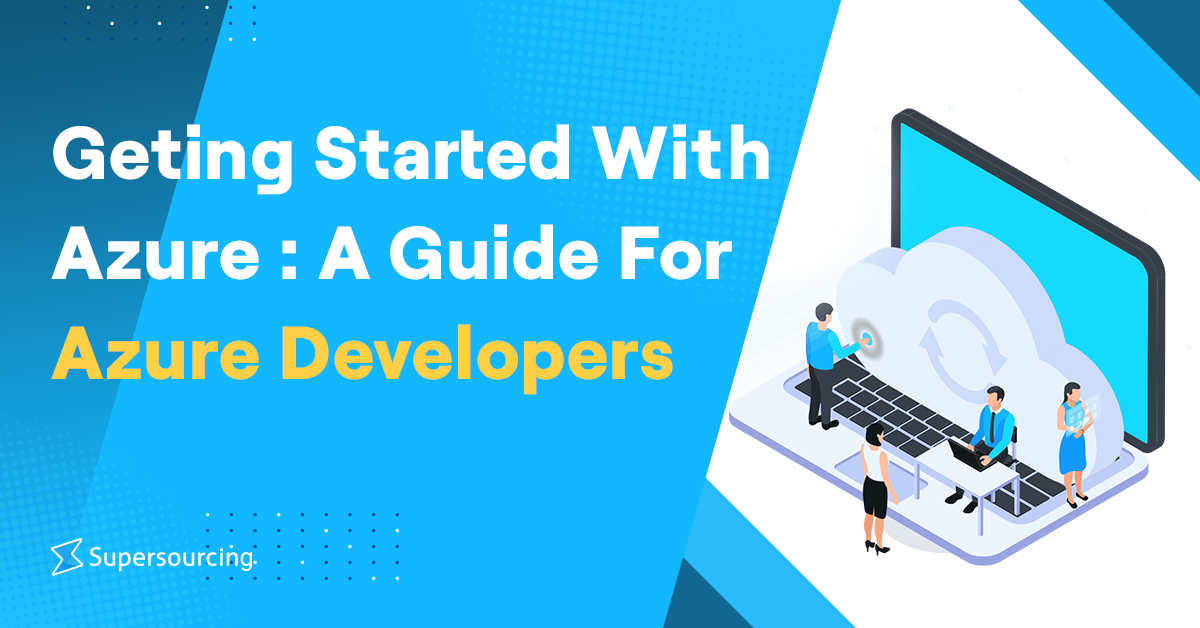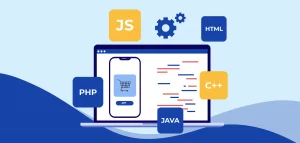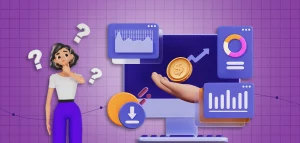Table of content
Azure is a powerful and versatile cloud computing platform that allows developers to build, deploy, and manage a wide variety of applications and services. It is designed to provide a comprehensive set of tools and services that can be used to create, test, and deploy a wide range of applications, from simple websites and mobile apps to more complex, enterprise-level applications.One of the key benefits of Azure is its scalability. Developers can easily scale their applications and services to meet changing demand, without the need to invest in additional hardware or infrastructure. This makes it an ideal platform for businesses of all sizes, from small startups to large enterprise organizations.
Azure also provides a wide range of specialized services, such as machine learning, analytics, and IoT capabilities. These services can be used to add advanced features and functionality to applications, such as predictive analytics, natural language processing, and real-time data processing.
Getting started with Azure is easy, and there are a number of resources available to help developers understand the basics of the platform. The Azure portal is the main interface for managing resources, and it provides a simple, intuitive interface that makes it easy to navigate the various services and features. Microsoft also offers a range of tutorials, documentation, and sample code to help developers get up and running quickly.
Why Become an Azure Developer?
Becoming an Azure Developer is a smart choice for those looking to upskill and take advantage of the high employment potential in the field. Cloud computing is rapidly becoming the new standard for businesses of all sizes, and as more and more organizations move their workloads to the cloud, the demand for skilled Azure Developers is on the rise. With the Azure Developers Guide, you’ll be able to learn the ins and outs of Azure development, and take advantage of the high earning potential and wide range of job opportunities available in this field.
According to industry experts, the demand for cloud computing professionals is expected to grow significantly in the coming years. In fact, it is estimated that by 2025, 80% of businesses will have made the transition to the cloud. This means that there will be a high demand for professionals who are skilled in Azure and other cloud computing platforms. With the Azure Developer Guide, you will be able to learn the necessary skills to become an Azure developer and take advantage of this growing demand.
One of the key reasons why getting started with azure is a smart choice is the high earning potential in the field. Azure Developers are some of the highest-paid IT professionals, with an average salary of around $120,000 annually. Additionally, Azure Developers have a wide range of job opportunities available to them, as they can work in a variety of industries, including healthcare, finance, retail, and more.
How Do Azure Certifications Prepare You For The Job Market?
Microsoft Azure Developer certifications will equip you with the skills to excel in:
Developing Azure cloud models
Azure certifications will provide you with the knowledge and skills to design, build, and implement cloud models that are reliable, scalable, and cost-effective. You will learn how to use Azure’s various services and tools to create and manage cloud-based applications and services that meet the needs of your organization.
Developing Azure storage solutions
You will gain expertise in designing and implementing storage solutions for Azure-based applications and services. This includes learning how to use Azure’s various storage services such as Blob Storage, File Storage, and Queue Storage, as well as how to implement data backup and recovery solutions.
Implementing security features for cloud-based solutions
Azure certifications will teach you how to implement robust security features for cloud-based solutions. You will learn how to use Azure’s security services such as Azure Active Directory, Azure Key Vault, and Azure Information Protection to protect your data and applications.
Building cloud integration solutions
You will learn how to build integration solutions that connect Azure services with other cloud services or on-premises systems. This includes learning how to use Azure’s integration services such as Azure Logic Apps, Azure Event Grid, and Azure Service Bus.
Developing Azure PaaS and IaaS
You will gain knowledge and skills in developing Azure Platform as a Service (PaaS) and Infrastructure as a Service (IaaS) solutions. This includes learning how to use Azure’s various PaaS services such as Azure App Service, Azure Functions, and Azure Container Service, as well as how to use Azure’s IaaS services such as Azure Virtual Machines and Azure Virtual Network.
Creating cognitive services, Azure bots, and IoT services
Azure certifications will teach you how to create advanced services such as cognitive services, Azure bots, and IoT services. You will learn how to use Azure’s Cognitive Services, Azure Bot Service, and Azure IoT Hub to create intelligent, responsive, and connected solutions.
Troubleshooting and optimizing solutions
You will gain expertise in troubleshooting and optimizing Azure-based solutions. This includes learning how to use Azure’s monitoring and diagnostics tools to identify and resolve issues, as well as how to optimize the performance of Azure-based solutions. With Azure certifications, you will be well-prepared to troubleshoot, diagnose and optimize the performance of Azure-based solutions.
Getting started with Azure: Steps by step
Becoming an Azure developer requires a combination of technical skills and hands-on experience. Here are some steps you can take to start your journey as an Azure developer:
- First, create an Azure account by signing up for a free trial. This grants access to limited services and free usage. Once the account is created, access the Azure portal, the main interface for managing resources.
- Next, create a new project by clicking on the “Create a resource” button in the Azure portal and selecting the appropriate resource for the project. For example, an Azure Web App for a web application.
- Set up the development environment by choosing a preferred programming language, such as .NET, Java, Python, or Node.js, and installing necessary tools and libraries.
- Begin building the application by utilizing Azure services, such as Azure Storage for data storage and retrieval, Azure Active Directory for authentication and authorization, and Azure Cognitive Services for machine learning capabilities.
- Deploy the application to Azure using options such as Git, FTP, Visual Studio or Azure DevOps, a collection of services for planning, building and deploying the application.
- Finally, monitor and manage the application through the Azure portal by viewing metrics and logs, scaling the application, updating, or rolling back to a previous version.
Final words
In summary, getting started with Azure as a developer requires creating an Azure account, choosing the appropriate service for your project, setting up your development environment, building your application, deploying it, and managing it through the Azure portal. With Azure, developers can leverage the power of cloud computing to build, deploy, and manage applications and services at a global scale.
Azure is a powerful cloud computing platform that offers a wide range of services for developers. By following this guide, you’ll be able to set up your first Azure project and start building and deploying your own applications and services. As you continue to work with Azure, you’ll find that it’s a highly flexible and scalable platform that can help you take your development skills to the next level.







